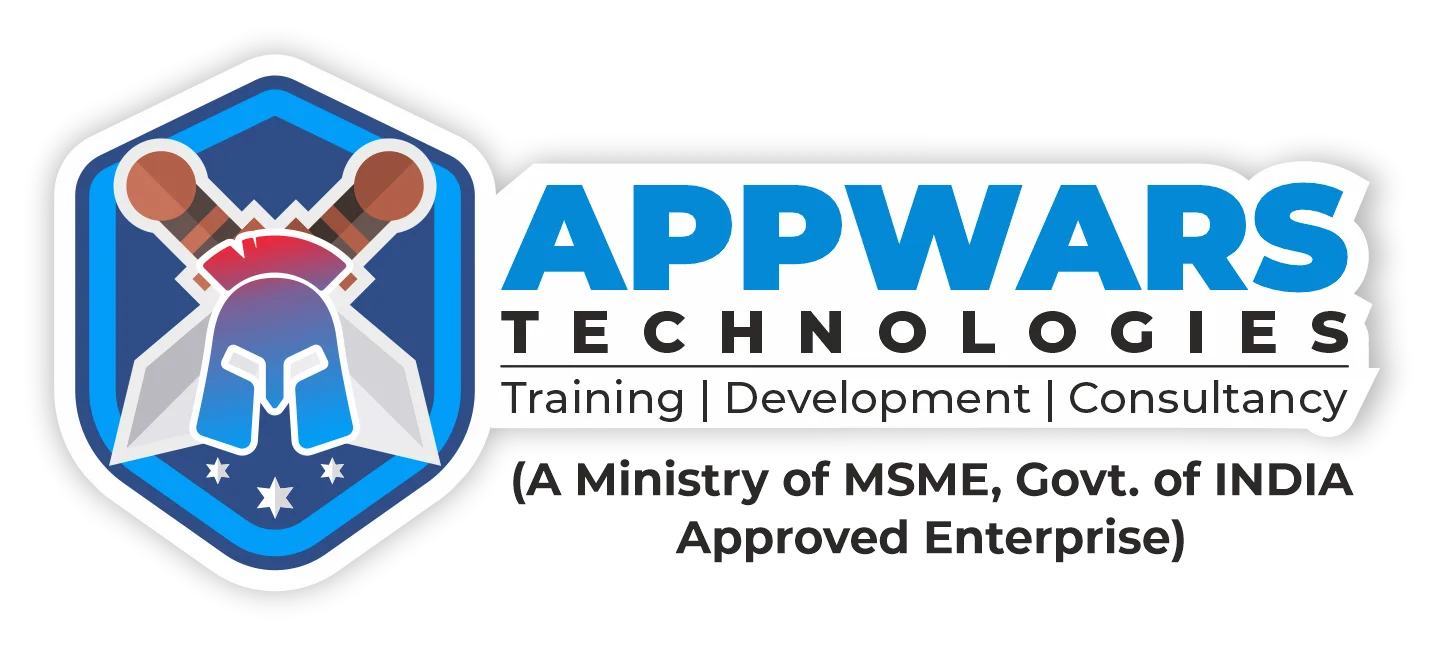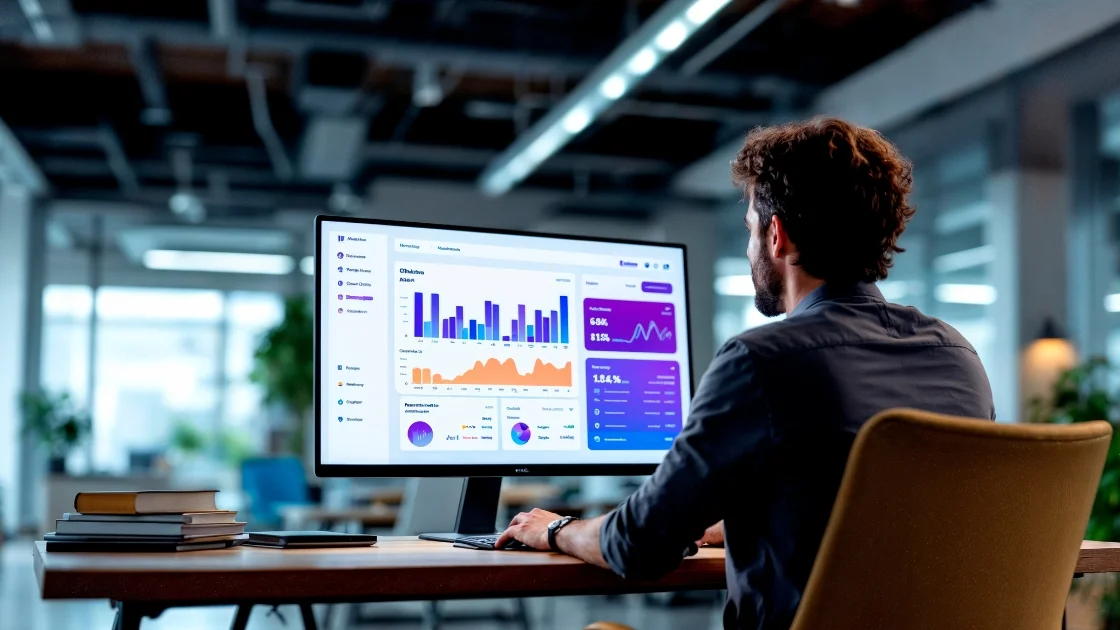Data analytics has become one of the most in-demand skills across industries. From e-commerce and healthcare to finance and IT, companies rely on data-driven insights to improve decision-making and optimize operations. If you’re preparing for a career in data analytics, one of the most important steps is getting ready for interviews. For beginners, interviews may feel intimidating, especially with the technical jargon and case-based questions. However, with the right preparation, you can confidently approach them.
This beginner’s guide will walk you through some of the most common data analytics interview questions, breaking them down into categories: fundamental concepts, technical knowledge, tools, statistics, and scenario-based questions. By the end, you’ll have a solid understanding of what to expect and how to answer effectively.
1. Understanding the Role of a Data Analyst
Before jumping into questions, let’s clarify what data analysts actually do. A data analyst collects, processes, and interprets data to help businesses make informed decisions. Their tasks often include cleaning datasets, identifying patterns, building dashboards, creating reports, and sometimes supporting predictive modeling.
Interviewers want to know if you understand the basics of this role and how it contributes to business outcomes. So, expect both conceptual and applied questions.
2. Fundamental Questions
These questions test your core knowledge of data analytics.
Q1: What is Data Analytics?
A simple yet common question. You should define it clearly: Data analytics is the process of examining datasets to extract useful insights, identify patterns, and support decision-making. Mention how it involves stages like data collection, cleaning, analysis, and visualization.
Q2: What are the differences between Data, Information, and Insights?
- Data: Raw facts and figures (e.g., sales numbers).
- Information: Processed data that has meaning (e.g., monthly sales totals).
- Insights: Actionable interpretations (e.g., sales increased because of a holiday campaign).
Q3: What are the different types of Data Analytics?
- Descriptive Analytics – What happened?
- Diagnostic Analytics – Why did it happen?
- Predictive Analytics – What is likely to happen?
- Prescriptive Analytics – What should we do about it?
A beginner should know these four categories since they are the foundation of the field.
3. Technical Knowledge Questions
Employers want to see if you’re comfortable with basic technical concepts.
Q4: What is Data Cleaning, and why is it important?
Explain that raw data often contains errors, duplicates, or missing values. Cleaning ensures accuracy and reliability before analysis. You can mention techniques like handling missing values, removing duplicates, or standardizing formats.
Q5: What is the difference between Structured and Unstructured Data?
- Structured Data: Organized into rows and columns (e.g., spreadsheets, SQL databases).
- Unstructured Data: Not organized in a predefined format (e.g., emails, videos, social media posts).
Q6: Explain the difference between Primary and Foreign Keys in Databases.
- Primary Key: A unique identifier for a record in a table.
- Foreign Key: A field in one table that links to a primary key in another table.
This shows you understand relational databases, a common tool for analysts.
Q7: What is Normalization in Databases?
A method of organizing data to reduce redundancy and improve efficiency. Interviewers expect you to know at least the basics of why normalization matters.
4. Questions on Tools and Technologies
Since tools are a big part of analytics, you’ll likely face questions about SQL, Excel, and visualization platforms.
Q8: What is SQL, and why is it important for Data Analysts?
SQL (Structured Query Language) is used to query and manage databases. Almost all data analytics roles require at least beginner to intermediate SQL skills.
Q9: Can you write a simple SQL query to select all customers from a “Customer” table where the country is India?
SELECT *
FROM Customer
WHERE Country = 'India';
Even beginners should be comfortable with queries like SELECT, WHERE, GROUP BY, and JOIN.
Q10: How is Excel used in Data Analytics?
Excel is widely used for quick data exploration, pivot tables, and visualization. Be ready to mention formulas like VLOOKUP, INDEX-MATCH, and conditional formatting.
Q11: What is the purpose of data visualization tools like Tableau or Power BI?
These tools turn complex data into interactive charts and dashboards. The purpose is to communicate insights in an easy-to-understand format.
5. Statistics and Probability Questions
Data analytics heavily relies on statistics, so you should expect questions that test your understanding of key concepts.
Q12: What is the difference between Population and Sample?
- Population: The entire dataset (e.g., all customers of a company).
- Sample: A smaller subset of the population used for analysis.
Q13: Explain Mean, Median, and Mode.
- Mean: Average of values.
- Median: Middle value when data is sorted.
- Mode: Most frequently occurring value.
Q14: What is Correlation?
Correlation measures the relationship between two variables. For instance, if sales rise when ad spending increases, they have a positive correlation.
Q15: What is the difference between Type I and Type II Errors?
- Type I Error (False Positive): Rejecting a true hypothesis.
- Type II Error (False Negative): Failing to reject a false hypothesis.
These concepts often come up in real-world data testing scenarios.
6. Scenario-Based Questions
Interviewers also ask situational questions to see how you would apply your knowledge in practical cases.
Q16: Suppose you are given a dataset with missing values. How would you handle it?
You might:
- Remove rows with too many missing values.
- Fill missing values using mean/median/mode.
- Use predictive techniques to estimate missing values.
Q17: Imagine sales dropped suddenly in the last quarter. How would you investigate the cause?
Outline a step-by-step approach:
- Check the dataset for completeness and accuracy.
- Compare sales trends with previous quarters.
- Look into external factors like market changes.
- Analyze customer feedback or product changes.
Q18: How would you explain data insights to a non-technical stakeholder?
Stress the importance of simplifying technical terms, using visuals (charts, dashboards), and focusing on business impact rather than jargon.
7. Behavioral Questions
Employers don’t just look at technical skills—they want to see problem-solving abilities and teamwork.
Q19: Tell us about a time you worked on a data project. What challenges did you face?
If you’re a beginner, you can mention academic projects, internships, or self-learning case studies. Focus on your problem-solving approach.
Q20: How do you stay updated with trends in data analytics?
Mention following blogs, learning on platforms like Coursera, or practicing with real datasets from Kaggle.
8. Tips for Beginners to Prepare for Interviews
- Learn SQL Basics – Practice writing simple queries.
- Get Comfortable with Excel – Know pivot tables and formulas.
- Practice Data Cleaning – Work with raw datasets from Kaggle.
- Understand Visualization Tools – Try Tableau or Power BI.
- Review Statistics – Focus on probability, hypothesis testing, and distributions.
- Mock Interviews – Practice explaining answers clearly and confidently.
Conclusion
Breaking into the data analytics field as a beginner can feel overwhelming, but preparation makes all the difference. Interviewers don’t expect you to know everything; they want to see if you understand the basics, can think logically, and are eager to learn. By reviewing these common data analytics interview questions, you’ll build a strong foundation to approach your interviews with confidence.
Remember: focus on fundamentals, practice with real data, and sharpen your communication skills. With consistent effort, you’ll be well on your way to starting a rewarding career in data analytics.












